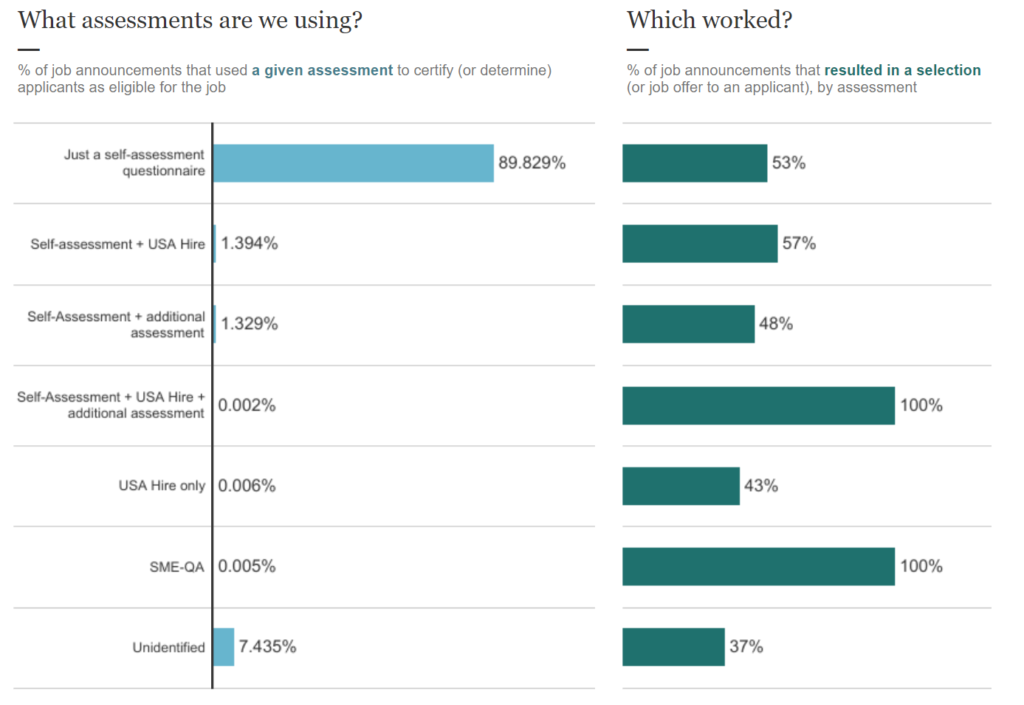Human resources professionals play a vital role in supporting agency missions across government. Spanning the full employee life cycle—from hiring to training to performance management—senior executives and managers rely on HR experts to support the most important asset in government: its employees.
However, it can be overwhelming for new government leaders—especially those who worked outside the public sector—to navigate federal policies and regulations. To make this transition easier, we have tapped into our extensive Rolodex of current and former government HR experts to dispel certain myths about federal human resources and enlighten new managers about what is possible when they partner with HR specialists.
Here is one common myth about federal HR that Michael Cushing, former vice president for resource and information management at the Export-Import Bank corrected:
Myth: HR can neither compensate high performers nor create incentives to reward high-performing employees.
Reality: Managers can offer both financial and non-compensation incentives to reward high-performing employees.
As a senior executive, you can offer the three R’s—substantial recruitment, relocation, and retention incentives—as well as student loan repayments and other perks to reward good performance. These strategies can also help you recruit new staff and retain your high performing employees, particularly younger ones.
For more examples, see this Office of Personnel Management resource and be sure to check with your human capital specialist about other options, including maximum payable rate, superior qualifications appointment and a position reclassification that can support career ladder promotion to a higher grade. Other avenues can help you explore direct hire authorities, internships and more.
Non-monetary compensation may also be available, such as remote and flexible work schedules, temporary cross-boundary or detail assignments, opportunities to shadow specific programs or meet senior leaders, and selection for training and mentorship programs.
Senior executives and leaders at all levels should rely on their HR departments when making decisions relating to employee management. These individuals understand the laws and regulations and will provide the guidance needed in areas of rewarding high performers and more.
Follow our upcoming blog series as we uncover the realities of other common HR myths across government.

